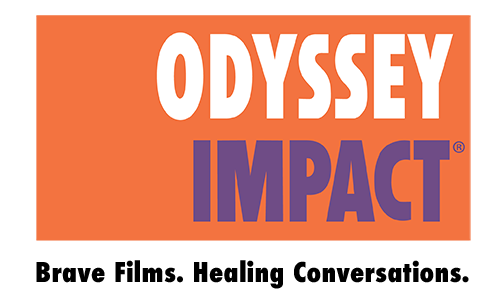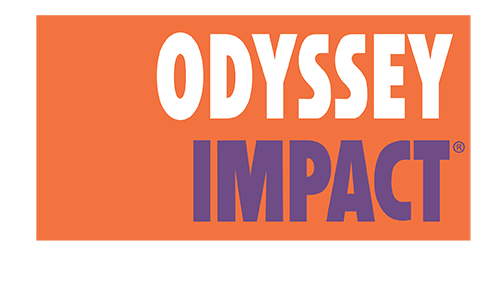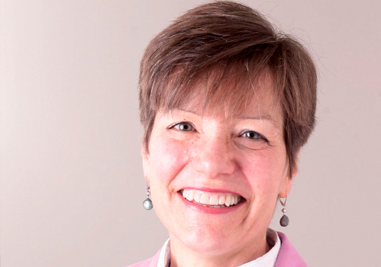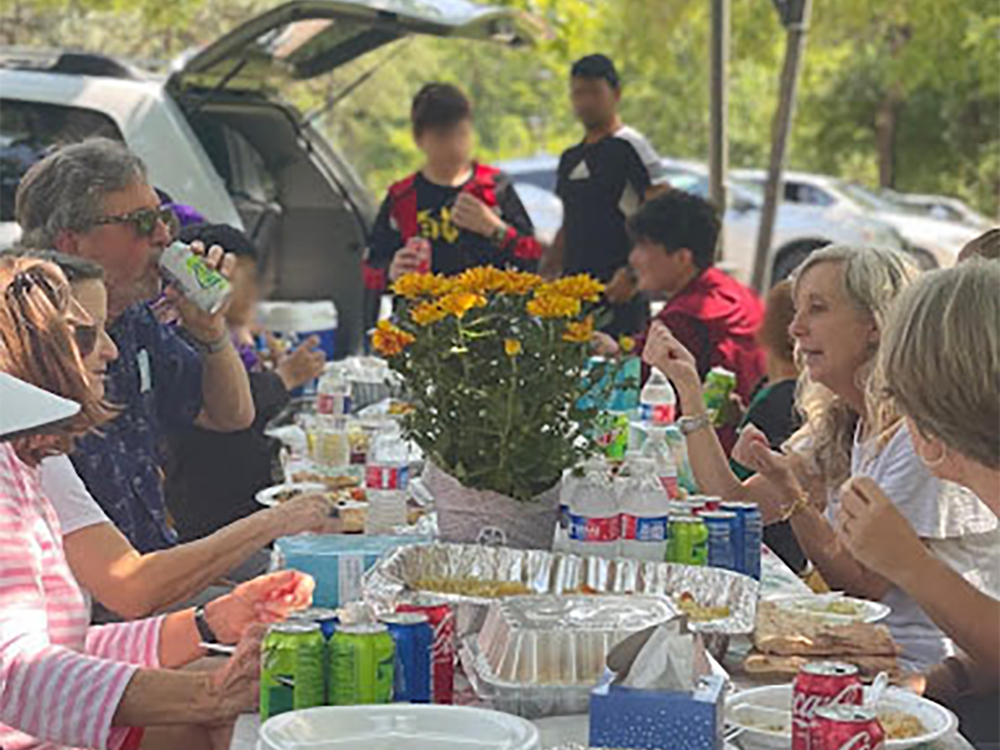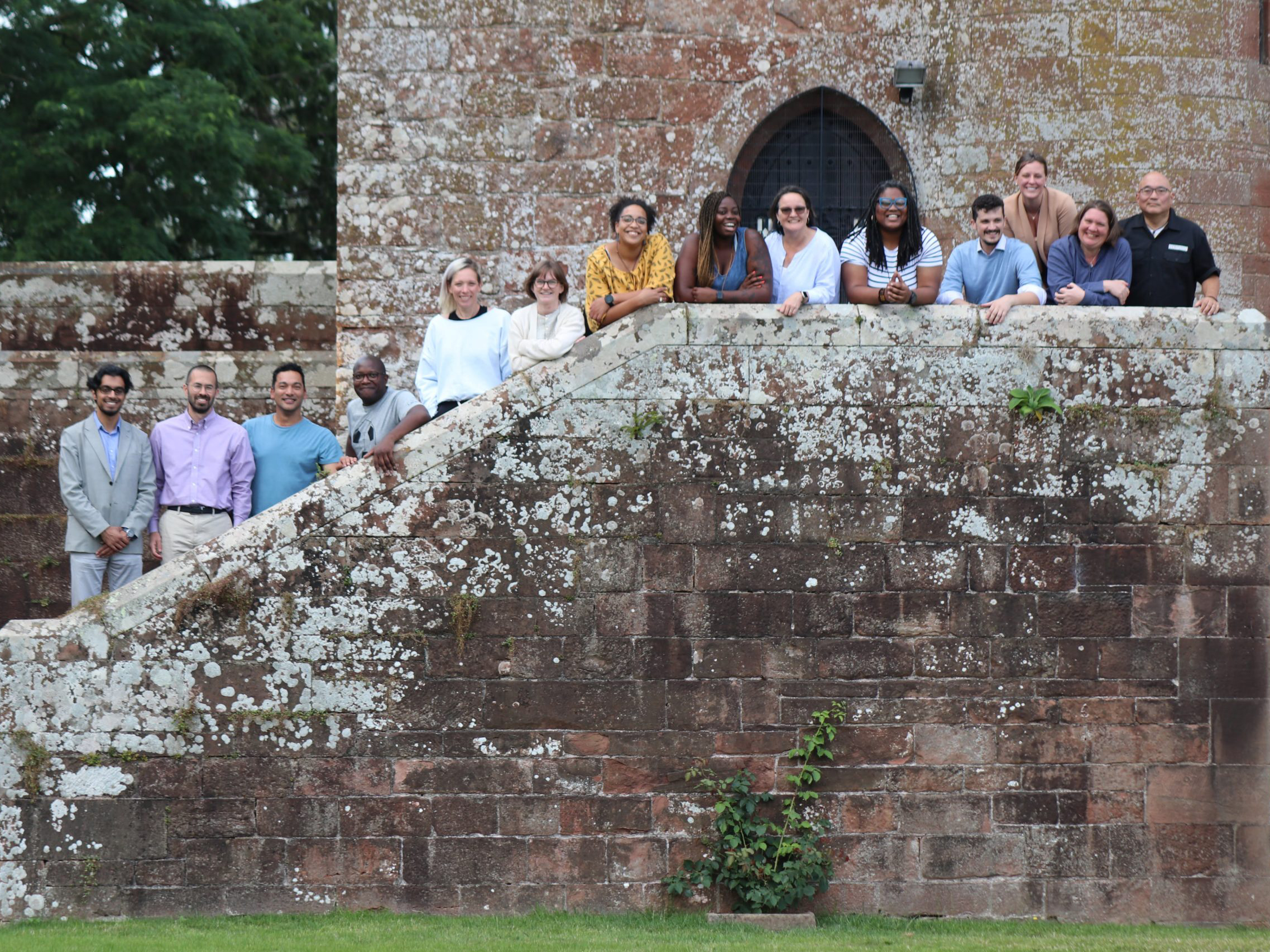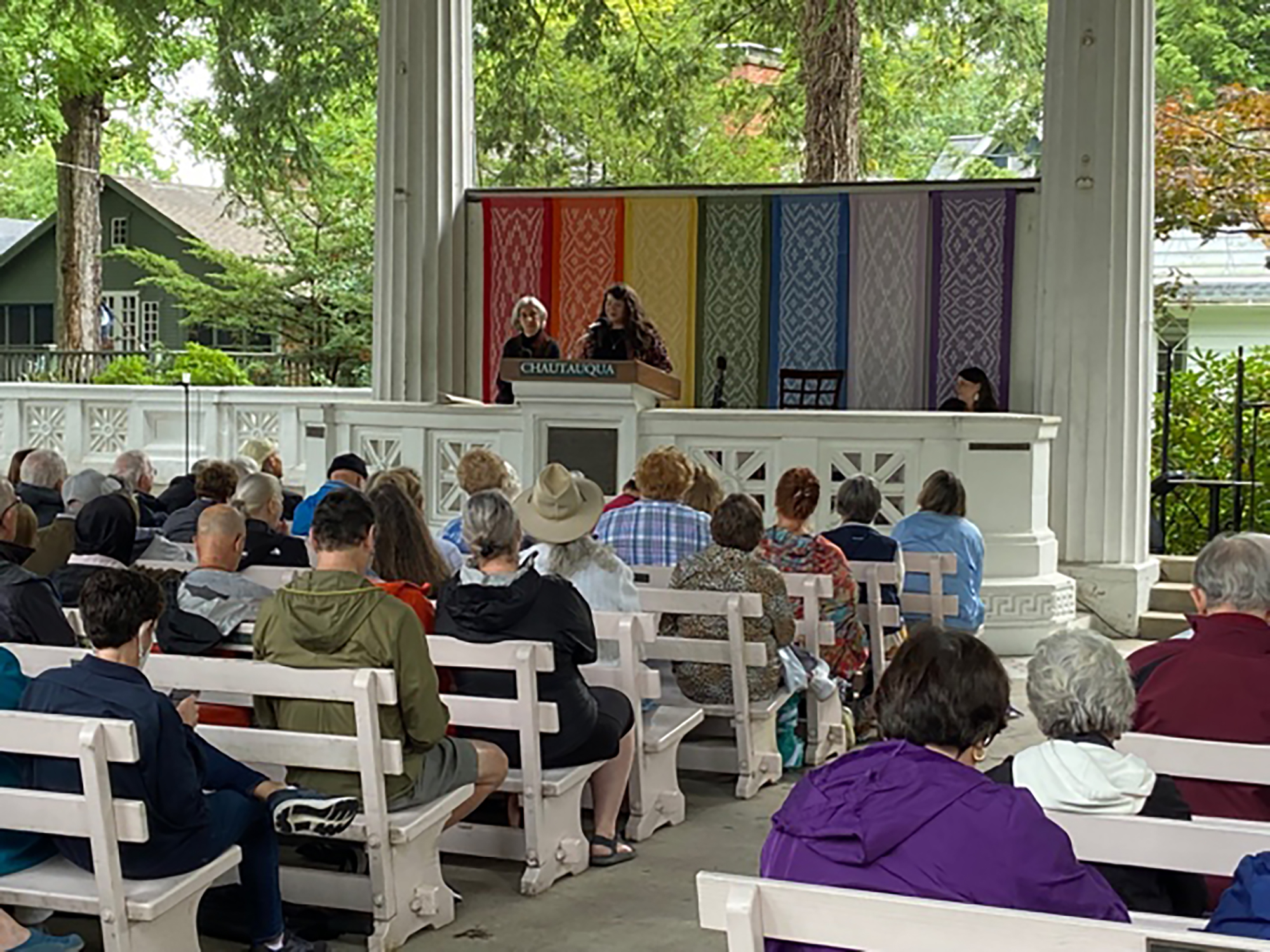[vc_row css_animation=”” row_type=”row” use_row_as_full_screen_section=”no” type=”full_width” angled_section=”no” text_align=”left” background_image_as_pattern=”without_pattern”][vc_column][vc_column_text][fwduvp preset_id=”skin_minimal_white_odyssey” playlist_id=”Doehring Breathe-centered welcoming meditation”][/vc_column_text][vc_empty_space height=”60px”][/vc_column][/vc_row][vc_row css_animation=”” row_type=”row” use_row_as_full_screen_section=”no” type=”full_width” angled_section=”no” text_align=”left” background_image_as_pattern=”without_pattern”][vc_column width=”2/3″][vc_column_text]
Audio Only
[/vc_column_text][vc_column_text][player id=28453][/vc_column_text][/vc_column][vc_column width=”1/3″][vc_empty_space][ult_createlink title=”Download Transcript” btn_link=”url:https%3A%2F%2Fodyssey-impact.org%2Fwp-content%2Fuploads%2F2020%2F04%2FDoehring-Breathe-centered-welcoming-meditation.pdf||target:%20_blank|” link_hover_style=”Style_11″ text_color=”#ffffff” text_hovercolor=”#ffffff” background_color=”#f57c50″ bghovercolor=”#784c8e″ el_class=”nav-button” heading_style=”font-weight:bold;” css=”.vc_custom_1585850735375{padding-top: 10px !important;padding-right: 10px !important;padding-bottom: 10px !important;padding-left: 10px !important;}”][/vc_column][/vc_row][vc_row css_animation=”” row_type=”row” use_row_as_full_screen_section=”no” type=”full_width” angled_section=”no” text_align=”left” background_image_as_pattern=”without_pattern”][vc_column][vc_column_text]
Practicing intercultural evidence-based spiritual care through chaplain intern conversations about calming practices
Carrie Doehring, PhD
Iliff School of Theology
cdoehring@iliff.edu
© Carrie Doehring Email for permission to use in educational and professional settings
Intercultural spiritual care that does no harm
In this brief article, I describe how chaplain interns can practice intercultural evidence-based spiritual care with each other by exploring calming practices that help them cope with coronavirus stress. Practicing with each other prepares them to offer spiritual care that does no harm. What is intercultural spiritual care, and why is it necessary in order to do no harm? Let me first offer a simple definition of spiritual care, then describe what makes spiritual care intercultural and evidence-based.
At its simplest, spiritual care helps people draw upon practices, values, and beliefs that foster spiritual integration or wholeness. Spiritual integration can be defined as “the extent to which spiritual beliefs, practices, and experiences are organized into a coherent whole . . . [e.g.,] integration of spirituality into daily life, integration of spiritual beliefs and practices, and integration of spiritual motivation and practices” (Pargament, Desai, & McConnell, 2006, p. 130). Exploring what helps or threatens spiritual wholeness is sacred ground. Once people sense that a chaplain will respect what is sacred for them, they will begin to trust the process of spiritual care. Intercultural care uses a particularist approach to spirituality and religion that focuses on what is particular about each person’s values, beliefs, coping, and spiritual practices1. Intercultural spiritual care in religiously diverse medical, military, educational, and prison contexts fulfills chaplains’ ethical mandate to “affirm the religious and spiritual freedom of all persons and refrain from imposing doctrinal positions or spiritual practices on persons whom they encounter in their professional role as chaplain” (APC, 2020).
Why does spiritual care need to be intercultural in order to do no harm? We are all tempted to become fundamentalists in urging upon others the spiritual practices, values, and beliefs that have ‘worked’ for us. The need for calming spiritual practices is urgent right now, making it hard to resist the temptation to ‘save’ others through offering a spiritual practice, value or belief that calms us. Be wary of inclusive beliefs—that there is ‘one God’ or a common belief about suffering and hope at the heart of all religious traditions (Prothero, 2010). Insidious inclusivism, to which we all fall prey, erodes trust, and may remind people of interpersonal struggles with religious authority, or struggles with a God experienced as judging.
Evidence-based care of acute coronavirus stress
Besides being intercultural, spiritual care in our current context of coronavirus life-threat needs to evidence-based, meaning that it is based on research about what aspects of religion and spirituality help or harm people. Extensive research on religious, spiritual, and moral struggles demonstrates the harmful outcomes of chronic struggles and the unique ways that spiritual care can help (Doehring, 2019). Given the potential for the acute stress of coronavirus to become, over time, traumatic, and for moral stress to become moral injury, chaplains need to practice evidence-based trauma spiritual care (Kushner & Pargament, 2012). Conversations delving into the acute stress caused by the life threat of coronavirus can ramp up a person’s physiological and emotional stress response. Acute stress care, like trauma care (Levine & Van der Kolk, 2015; van der Kolk, 2014), begins with helping people find calming practices that lower their body’s physiological response to stress, and foster a sense of self-compassion.
Trauma care often incorporates breathe-centered practices into creating a sense of safety for trauma survivors. Breathe-centered practices help people pay attention to physiological stress and to release it. The simplest practice is to breath in slowly while counting to four, holding for five seconds, then slowly releasing while counting to eight. Contemplative practices often begin with these slow, relaxing breathes in order to then focus on a religious text, image, or process (like Buddhist meditations on thoughts of loving kindness). Practices become explicitly spiritual or religious when they help people experience their bodies and their lives as inherently good. Using deep relaxing breathing associates an experience of goodness with a felt sense of releasing stress within one’s bodies. A momentary practice of deep relaxing breathing while experiencing or recalling goodness can shift people out of stress-intensifying emotions of fear, shame, guilt, or blame. One’s physiological experience of stress becomes wired to these emotions, such that stress is almost always an experience of fear, or shame, or guilt. If people follow the siren call of our consumer culture to cope with stress, they may not be able to distinguish between the momentary ‘relief’ of consumption and the sustaining goodness experiencing through calming breath-centered spiritual practices.
A homework assignment might be to invite chaplain interns to experiment with exploring how calming breathes could be incorporated into behaviors that connect them with goodness. For example, reading a bedtime story to one of their children, listening to music, or going for walks can be accompanied by intentionally using calming breathes. Chaplains may need to experiment in order to find particular practices that connect them with goodness. Spiritual or religious practices that may have worked in the past may not help right now, perhaps because they provoke religious, spiritual, and moral struggles. As with trauma care, before delving into such struggles it helps to first explore and use any sort of practice that is calming.
Practicing intercultural evidence-based spiritual care of acute coronavirus stress
What might spiritual care conversations about calming practices look like? Once the initial introductions are done, the chaplain needs to allow the other to be in the driver’s seat, in terms of navigating where the conversation goes. If the conversation begins to enter the territory of acute stress, rather than delving into that, the chaplain could ask, “What helps?” and then, “What helps you experience some sense of calm right now?” Follow-up questions might explore where the other feels stress in their bodies, perhaps with empathic mirroring from a chaplain who places their hand at the place on their own body that is being described: ‘So, you feel a tightness in your chest/shoulder (chaplain places their hand on their own chest/shoulder)?’ Then, the chaplain might ask again or echo back what the other has said about what helps when the other experiences stress in their bodies. Depending on what the other describes as helpful, the chaplain could ask about trying that practice now. In order for the conversation to be intercultural, the chaplain needs echo back the ways that the other describes their experience (easier said than done!). Once invited into the spiritual ‘home’ of the other, the chaplain needs to be a respectful guest, remembering than anything in that space could be sacred.
This kind of spiritual care conversation could easily be practiced in pairs with a group of CPE interns. Once pairs of chaplain interns have taken turns giving and receiving intercultural spiritual care about what helps, they could be invited to each find a quiet space to practice whatever they have described as helping them. Chaplain interns need such practices for themselves, especially practices they can use in momentary ways to calm themselves when they are offering spiritual care. If they can keep returning to that place of bodily calmness themselves, their body language will likely be reassuring to others, and they will be more able to practice spiritual care in which their bodies are congruent with the core values at the heart of their vocations of care.
A follow-up practice session can provide opportunities for chaplain interns to intentionally try to use momentary breath-centered practices while providing spiritual care to each other, in conversations that remain focused on what helps. Feedback after the conversation can explore how and when the chaplain was able to convey a sense of calm through their bodies. A third round of practice conversations could involve the use of computers or phones to have facetime or zoom spiritual care conversations in which, again, chaplains use their momentary calming practices during conversations, and then those receiving care provide feedback on what helped them trust that the chaplain would respect their particular practices.[/vc_column_text][vc_separator type=”normal” color=”#000000″ up=”20″ down=”20″][vc_column_text]
1 Emmanuel Lartey first proposed the term intercultural pastoral care “to capture the complex nature of the interaction between people who have been influenced by different cultures, social contexts and origins, and who themselves are enigmatic composites of various strands of ethnicity, race, geography, culture and socio-economic setting” (2003, p. 13). My development of intercultural care explicitly uses particularist comparative approach to each person’s beliefs, values and practices, as opposed to an inclusivist assumption that all religions of the worlds share common beliefs (Hedges, 2010; Moyaert, 2012).
[/vc_column_text][vc_separator type=”normal” color=”#000000″ up=”20″ down=”20″][vc_column_text]
References
APC. (2020). Association of Professional Chaplains Code of Ethics. In Section 130.
Doehring, C. (2019). Using spiritual care to alleviate religious, spiritual, and moral struggles arising from acute health crises. Ethics, Medicine and Public Health, 9, 68-74. doi:10.1016/j.jemep.2019.05.003
Hedges, P. (2010). Controversies in interreligious dialogue and the theology of religions. London: SCM Press.
Kusner, K. G., & Pargament, K. (2012). Shaken to the core: Understanding and addressing the spiritual dimension of trauma. In R. A. McMackin, E. Newman, J. M. Fogler, & T. M. Keane (Eds.), Trauma therapy in context: The science and craft of evidence-based practice (pp. 211-230). Washington, DC: American Psychological Association.
Lartey, E. Y. (2003). In living color: An intercultural approach to pastoral care and counseling (2nd ed., Revised ed.). London: Jessica Kingsley.
Levine, P. A., & Van der Kolk, B. A. (2015). Trauma and memory: Brain and body in a search for the living past: A practical guide for understanding and working with traumatic memory. Berkeley, CA: North Atlantic Books.
Moyaert, M. (2012). Recent developments in the theology of interreligious dialogue: From soteriological openness to hermeneutical openness. Modern Theology, 28(1), 25-52. doi:10.1111/j.1468-0025.2011.01724.x
Pargament, K., Desai, K. M., & McConnell, K. M. (2006). Spirituality: A pathway to posttraumatic growth or decline? In L. G. Calhoun & R. G. Tedeschi (Eds.), Handbook of posttraumatic growth: Research and practice (pp. 121-135). Mahwah, NJ: Erlbaum.
van der Kolk, B. A. (2014). The body keeps the score: Brain, mind, and body in the healing of trauma. New York, NY: Viking.[/vc_column_text][/vc_column][/vc_row][vc_row css_animation=”” row_type=”row” use_row_as_full_screen_section=”no” type=”full_width” angled_section=”no” text_align=”left” background_image_as_pattern=”without_pattern”][vc_column][vc_single_image image=”28420″ img_size=”full” alignment=”center” onclick=”custom_link” qode_css_animation=”” link=”https://odyssey-impact.org/impact-resources/” css=”.vc_custom_1585693972154{margin-top: 30px !important;}”][/vc_column][/vc_row]
